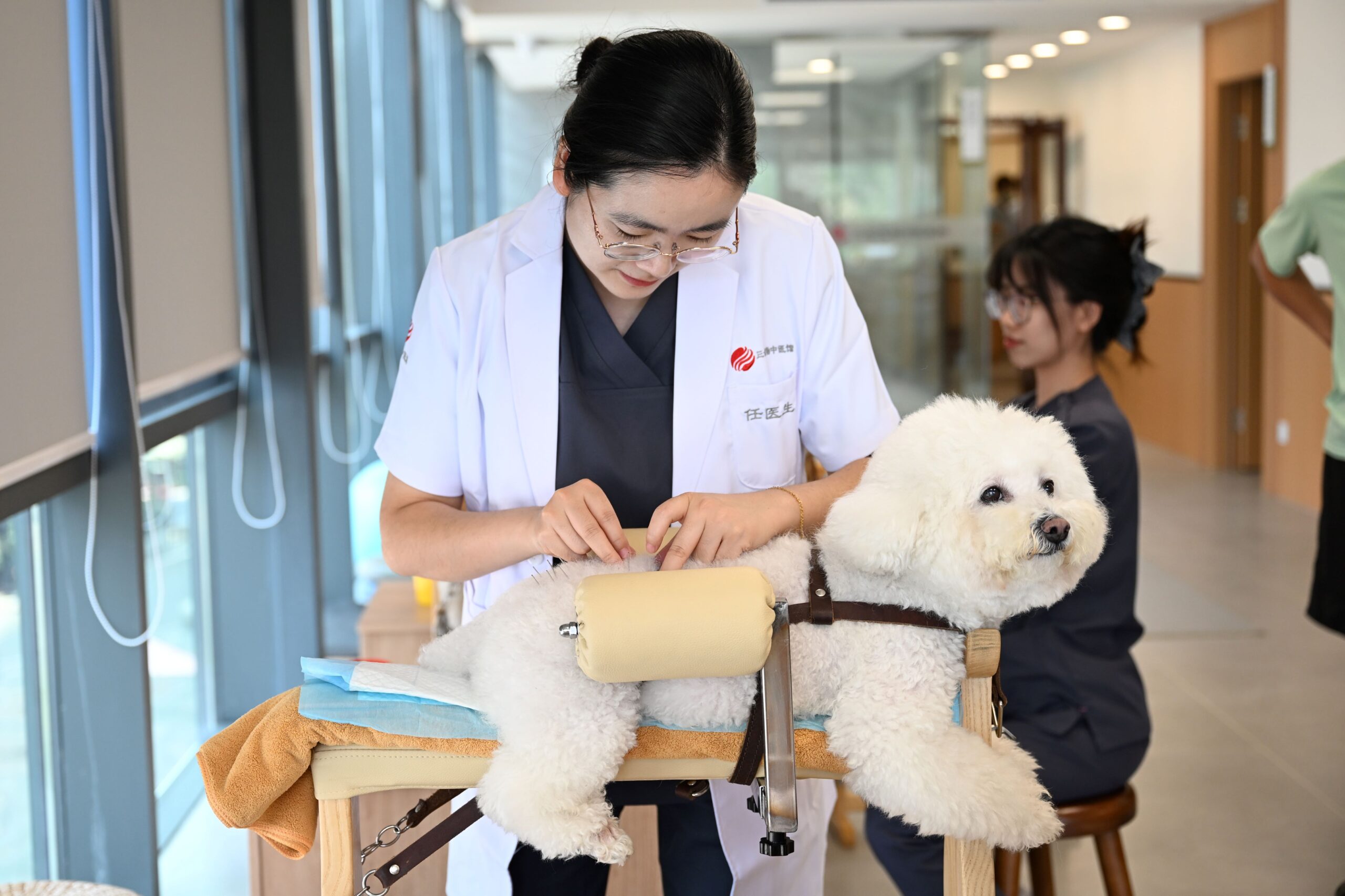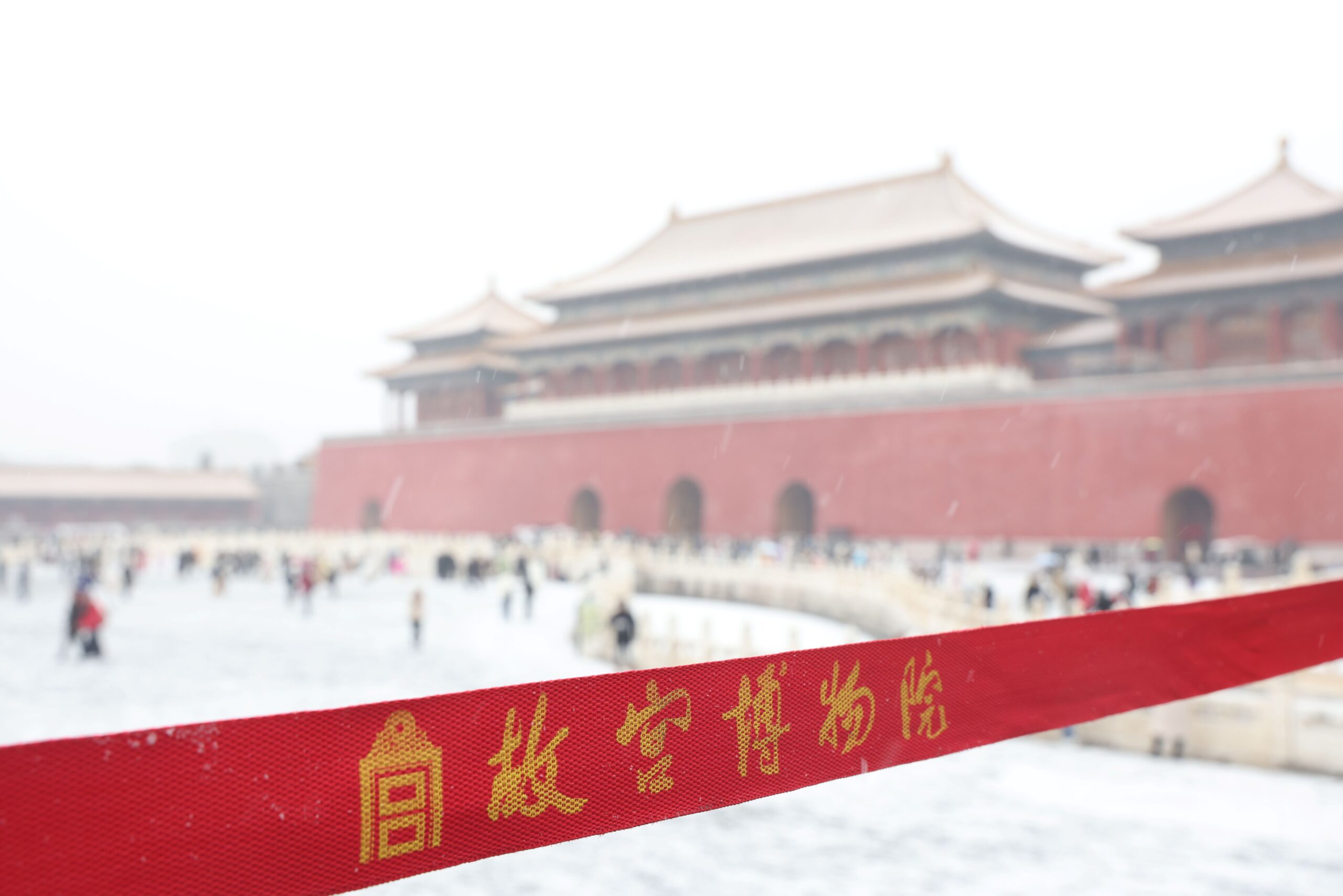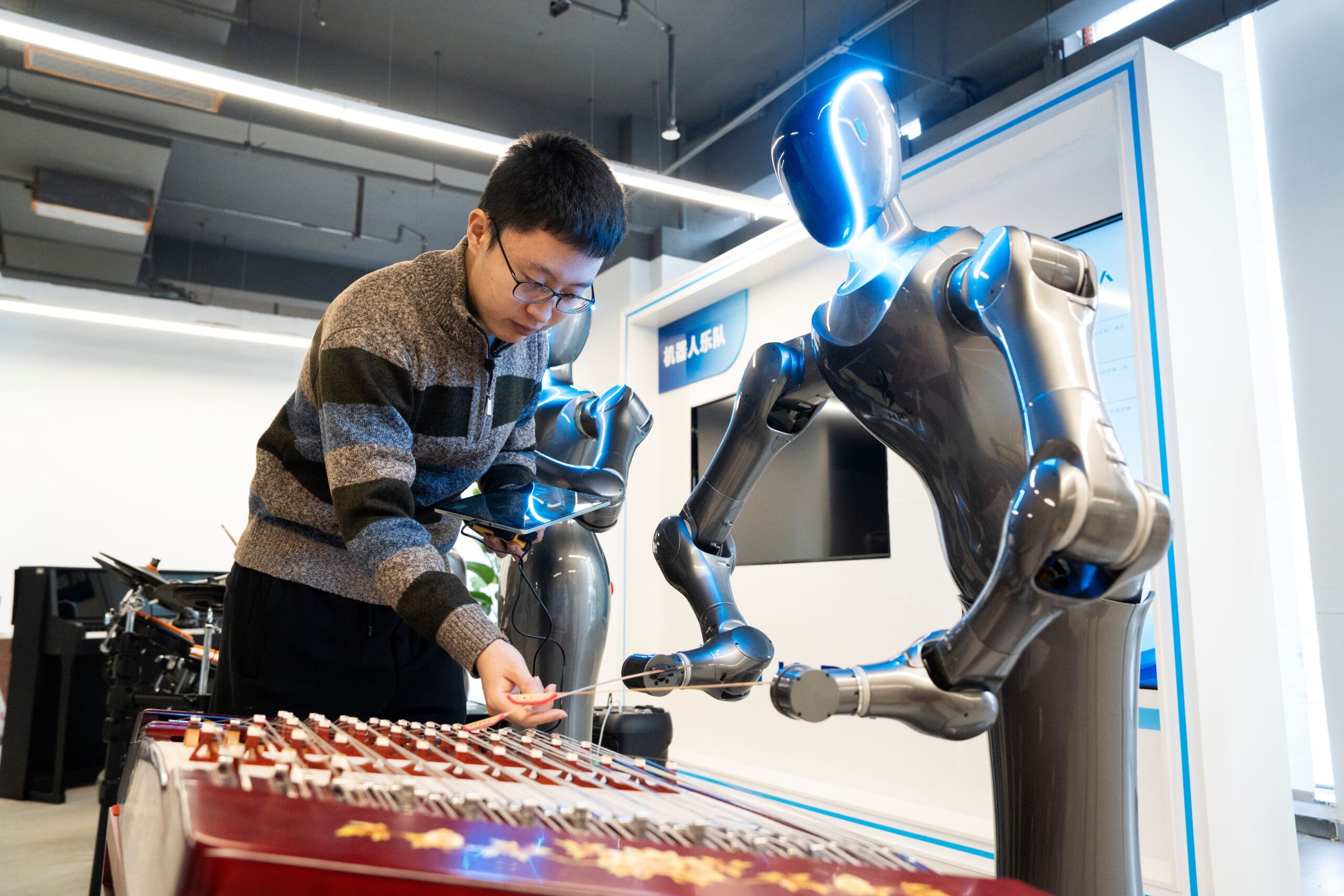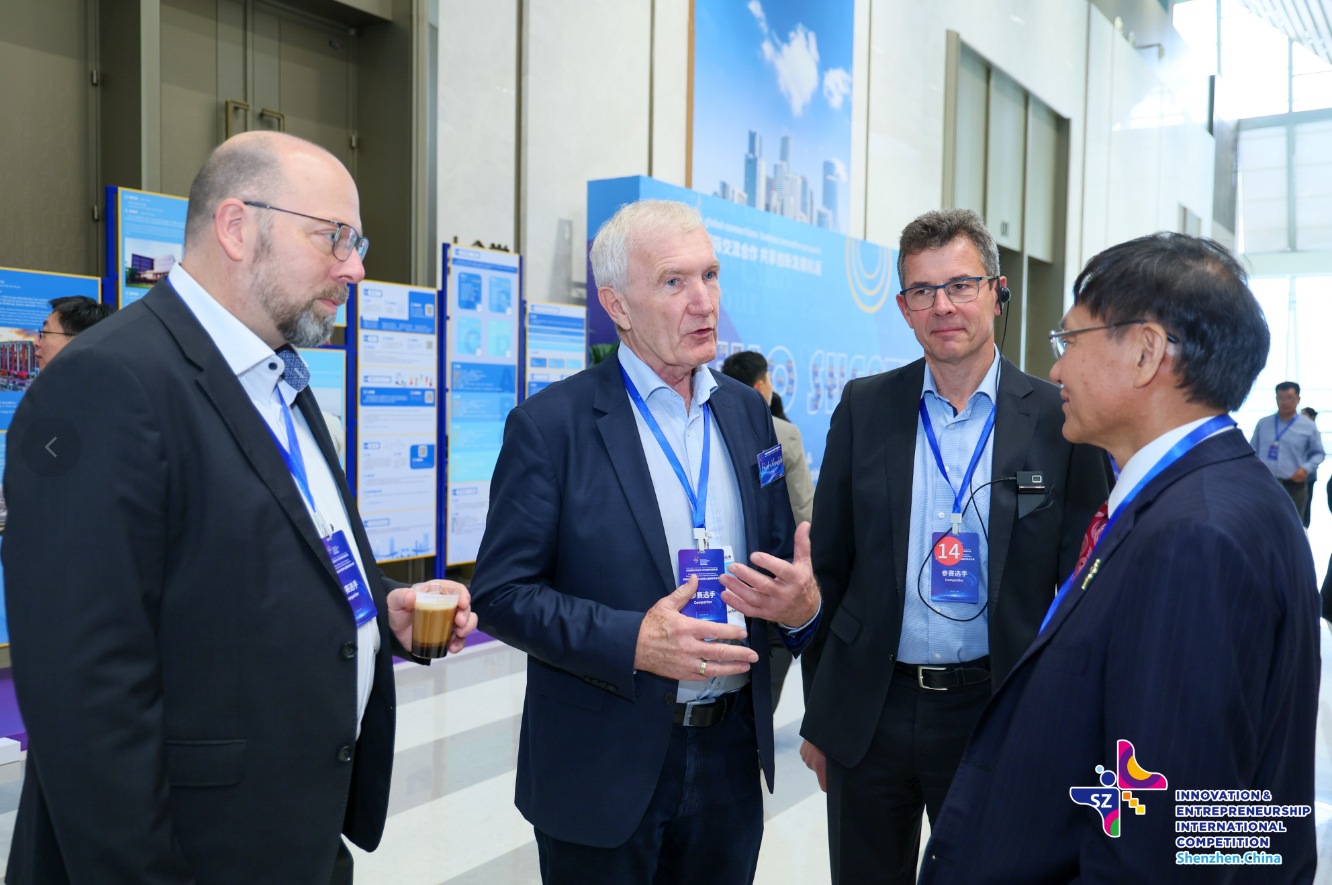Four mice aboard China’s space station are adapting well to microgravity, marking the country’s first in-orbit experiment with small mammals.
Footage of four mice living aboard China’s space station alongside the Shenzhou-21 astronaut crew has recently been transmitted back to Earth, showing the small animals in good health and adapting well to life in microgravity.
The two male and two female mice were launched into orbit on October 31, marking China’s first in-orbit experiment involving small mammals. Since arriving, the “mice astronauts” have spent several days in a stable environment maintained at around 26 degrees Celsius. They are seen moving actively, resting in their shelter nests, and showing normal feeding and grooming behaviour — all signs of healthy adaptation.
Life of Mice in Microgravity
After the spacecraft docked with the space station, astronauts retrieved the experimental facilities from a specialised transport container and installed them in the module. The compact housing unit automatically provides food and water, while an internal airflow system removes hair, faeces, and debris toward a sticky collection surface, keeping the habitat clean and hygienic.
Cameras inside the device capture both visible and infrared video, allowing scientists to monitor the mice’s posture, movement, and rest cycles in real time. In the footage, the mice climb along the cage walls and explore their surroundings. They appear lively and well-adjusted.
Before launch, the mice underwent rigorous physical and behavioural tests to assess their fitness for spaceflight. These included endurance exercises on a rotating rod, resistance training against motion sickness, and maze tests to evaluate spatial cognition. Researchers even observed their reactions when suspended upside down, selecting those that responded actively — the so-called “optimists” — for the mission.
Scientific Value and Global Context
Mice are key model animals in life science research. They share many genes with humans. Their small size and short reproductive cycles make them easy to maintain. Strong genetic manipulability allows scientists to modify them for experiments.
These traits make mice ideal for studying how space conditions influence physiology, development, and reproduction. Researchers from the Chinese Academy of Sciences say the experiment will reveal how mice respond to stress in microgravity. It will also show how they adapt to life in space. Once their orbital stay ends, the four mice will return to Earth aboard Shenzhou-20 for further behavioural and anatomical studies.
Similar studies by international teams provide context for China’s new research. The European Space Agency (ESA) has conducted rodent experiments on the International Space Station. Their Rodent Research program studies how microgravity affects muscle and bone.
Together, these results will provide key data for future long-term space missions. By sharing samples and results, the project could also help advance global research in space life science.
Written by Chen Wang, additional reporting by Xinhua, CNS.
If you liked this article, why not read: China Unveils Shenzhou-21 Crew of Space Station Mission











